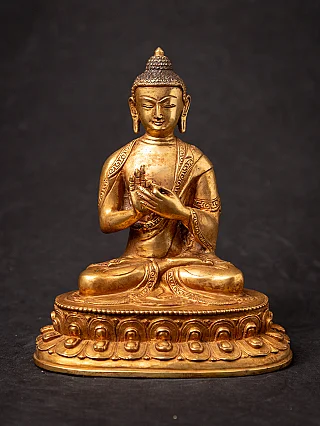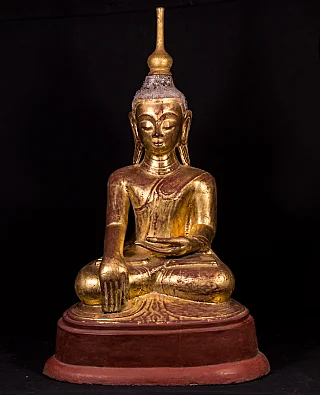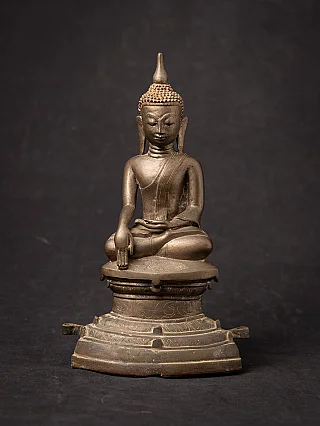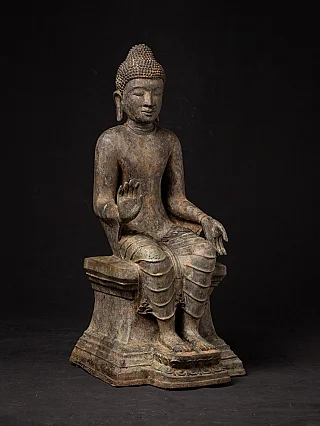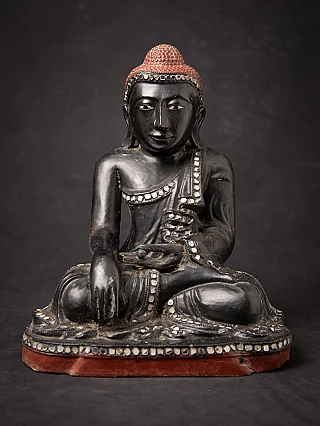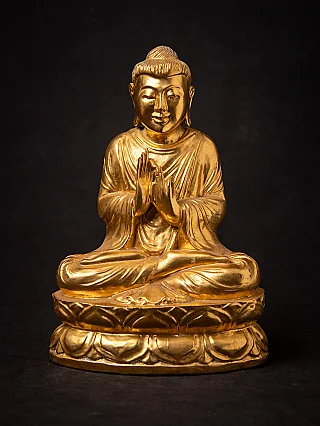The Lotus Sutra - Important Sutra of Mahayana Buddhism
Author : Peter Vredeveld

The Lotus Sutra is one of the most important and influential sutras of Mahayana Sutras and contains the words and teachings of historical Buddha.
The Lotus Sutra, known in Sanskrit as the Saddharma Pundarika Sutra or "Scripture of the Lotus Blossom of the Fine Dharma," is a cornerstone of Mahayana Buddhism. Revered across Asia, this sutra is celebrated for its profound teachings on the potential for all beings to achieve Enlightenment, regardless of their background or station in life. Its message of compassion, the universality of Buddhahood, and the importance of skillful means has deeply influenced Buddhist philosophy and practice in countries like China, Japan, and Korea. Composed between the 1st and 2nd centuries CE, the Lotus Sutra's enduring wisdom is conveyed through rich parables, offering insights into the nature of reality and the path to liberation.
According to Mahayana Sutras, the Lotus Sutra contains the words and teachings preached by Shakyamuni Buddha himself. One of the unique sutras espouses the possibility for all individuals to attain Enlightenment regardless of their differences. Though the sutra encapsulates the historical Buddha's teachings, it is believed to have been composed around the 1st or 2nd century CE. The earliest sutra texts may be lost, but the Chinese translation, completed by Buddhist monk Kumarajiva in 406 CE, is regarded as a faithful rendition of the original.
Teachings of the Lotus Sutra

The Lotus Sutra introduces Mahayana or "Great Vehicle" within its teachings, presenting the Buddha as an eternal being. Despite achieving Nirvana, the Buddha chooses to be reborn within the cycle of Samsara to teach the Wheel of Dharma perpetually. This concept underscores the compassion of the Buddha, willing to forego the tranquility of Nirvana to assist sentient beings in their spiritual journey. Schools that adhere to the Lotus Sutra emphasize the practice and concept of skillful means through the Seven Paramitas or the Perfection of Bodhisattva. Yet, the sutra advocates for reading, reciting, and preaching the sutra as a path to higher understanding, highlighting the transformative power of the Dharma when engaged actively and devotionally.
The Lotus Sutra is remarkable for its inclusive message, asserting that Enlightenment is accessible to all beings—men and women, laypeople and monks, humans and non-humans alike. This inclusivity was revolutionary, challenging the more rigid class and gender distinctions in other religious practices of its time. The sutra's message of universal salvation has profoundly impacted the development of Mahayana Buddhism, inspiring a compassionate and egalitarian approach to spiritual practice.
The teachings of the Lotus Sutra are not limited to philosophical discourse; they are also practical, offering guidance on how to live a life aligned with Buddhist principles. The sutra encourages practitioners to cultivate virtues such as compassion, wisdom, and patience, emphasizing the importance of benevolent actions in everyday life. It teaches that the path to Buddhahood is open to all who earnestly seek it, encouraging practitioners to have a deep sense of hope and purpose.
Core Principles of the Lotus Sutra
The core teachings of the Lotus Sutra are encapsulated in three fundamental principles:
1. All Vehicles are One Vehicles
The Lord Buddha preached the concept of Triyana, or "three vehicles," as diverse paths to attaining Nirvana. These include listening to the Buddha's sermons, personal effort towards realization, and following the path of the Bodhisattva. However, the Lotus Sutra reveals that these seemingly distinct paths are ultimately unified in the singular journey toward Enlightenment, symbolizing the integrative vision of Mahayana Buddhism.
2. All beings may eventually become Buddha
The Lotus Sutra posits that all beings have the potential to achieve Nirvana and awaken their true nature, symbolized through the term Dharmakaya. This profound assertion democratizes the pursuit of Enlightenment, offering every being the hope and possibility of spiritual liberation and Buddhahood.
3. The importance of Faith
Emphasizing faith and devotion, the Lotus Sutra suggests that understanding and embodying the Buddha's teachings are paramount for attaining Nirvana. The sutra underscores the transformative power of faith, asserting that sincere belief and devotion can unlock the path to Enlightenment.
4. The Use of Parables
Through Seven Parables, the Lotus Sutra conveys layers of metaphorical wisdom, teaching the path to Full Buddhahood. These parables are didactic tools, illustrating complex spiritual truths in accessible and relatable narratives. They include:
- The Burning House – A metaphor for the transient and dangerous nature of samsaric existence, urging beings to heed the Buddha's call to liberation.
- The Prodigal Son – Illustrates the inherent Buddha nature within all beings, often unrecognized until the teachings of the Dharma reveal it.
- The Medicinal Herbs – Symbolizes the diverse capacities of beings to benefit from the Dharma, akin to different plants thriving from the same rain.
- The Phantom City – Represents skillful means, showing how provisional teachings can guide beings toward the ultimate goal of Enlightenment.
- The Gem in the Jacket – Reminds practitioners of the untapped potential within, waiting to be discovered and actualized.
- The Gem in the King's Top Knot – Emphasizes the value of spiritual treasures over material wealth, highlighting the preciousness of the Dharma.
- The Excellent Physician – Stresses the importance of wisdom in recognizing the need for the Dharma and the courage to embrace its healing teachings.
The Lotus Sutra's enduring appeal lies in its profound yet practical teachings, universal message of compassion and potential for Enlightenment, and skillful use of narrative to convey spiritual truths. Its influence extends beyond the confines of religious texts, permeating Mahayana Buddhist communities' art, culture, and spiritual practices worldwide. As a beacon of hope and inclusivity, the Lotus Sutra inspires practitioners across generations, encouraging a compassionate and committed approach to the Buddhist path.
Share this page

















